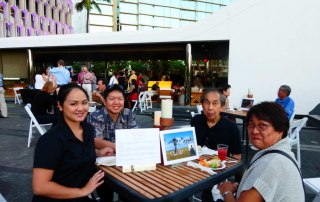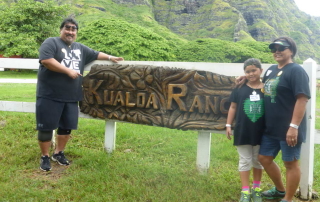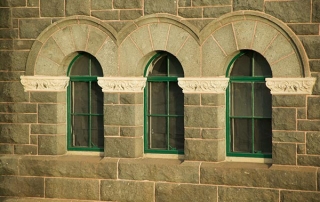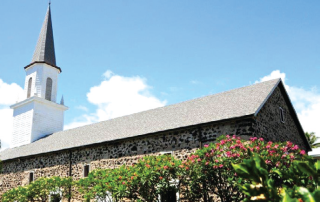Sunday, January 18 – 1:00 – 4:00 p.m. Kaka‘ako Agora, 441 Cooke Street, Honolulu, HI 96813 Learn how to take exquisite architectural photos with a professional photographer while enjoying the sights and sounds of historic Kaka'ako. This workshop will include a brief overview of area history followed by a walking tour to several historic buildings in the neighborhood for instructor-led onsite photography. There will be an opportunity to have your worked critiqued by professionals afterward. Bring your own camera or smartphone. Tickets are $15 general and $10 for HHF members. Space limited. Click Here to Register Photo Courtesy Thom Benedict Photo Courtesy Thom Benedict We'll start with a short talk by architectural historian Don Hibbard. Next, we'll have brief intro to architectural photography by Hawkins Biggins and Chase Norton, two accomplished professional photographers who will help us better frame, compose, highlight and capture the built environment. We'll then set-out on a walking tour of historic Kaka'ako with Hawkins, Chase and HHF staff, and wrap up with refreshments at Kaka'ako Agora. Bring your own camera, smartphone, digital, analog, instant, vintage, or homemade picture-taking device. Also bring a waterbottle, sun/rain protection, walking shoes. Participants must be able to walk about 2 miles on relatively flat urban terrain. ABOUT THE INSTRUCTORS Hawkins Biggins grew up on Oahu, surrounded by artists. From an early age photography was her creative outlet. A graduate of New England School of Photography in 2003 with a focus on architectural and portrait photography, she's traveled and lived in cities around the world. In 2008 she returned to O'ahu and founded Hawkins Biggins Photography. Over the years, she has been [...]








